
Black bear populations, which were declining in many areas of the United States, are currently seeing a stunning resurgence. These versatile animals are flourishing in both natural and urban settings, from the thick forests of Pennsylvania to the Florida coast. These are twelve states seeing a black bear population boom!
1. California
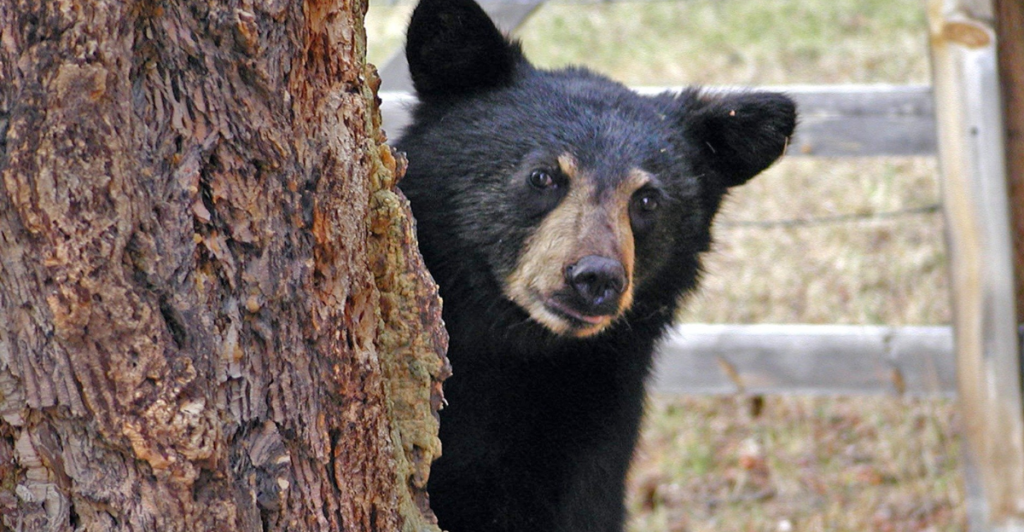
Black bears can be found in the Sierra Nevada, coastal ranges, and northern forests of California. Over the last decade, their population has increased by 45%, growing from around 25,000 to 35,000 in 2014 to approximately 50,000 to 81,000 in 2024. These bears are often found near hiking trails and campsites in California.
2. Florida
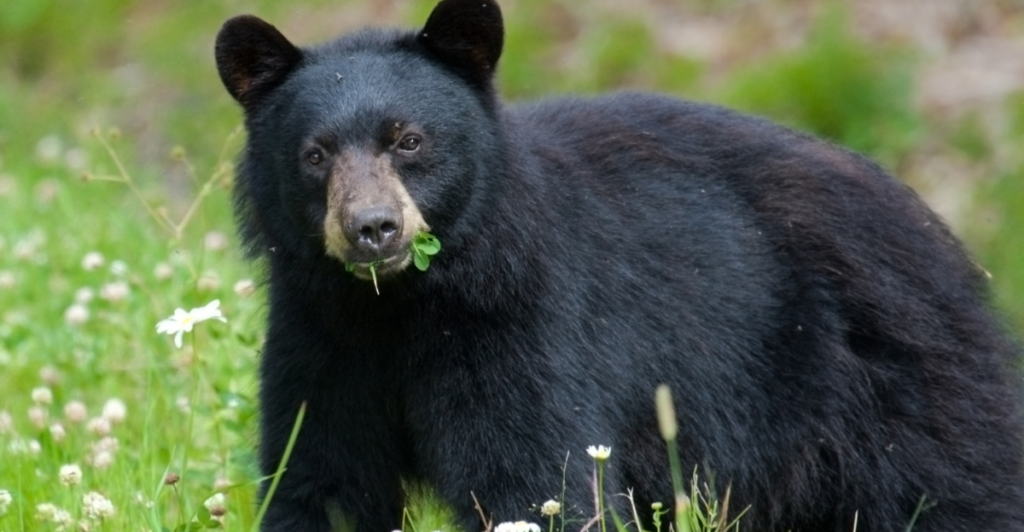
The number of black bears in Florida has grown significantly over the past few decades, from about 300 in the 1970s to over 4,000. As a result of this population increase, bears are rapidly moving into cities. The majority of Florida’s black bear population lives in large public forests like the Apalachicola National Forest, Big Cypress National Preserve, and Ocala National Forest.
3. Connecticut

Connecticut has experienced a significant surge in its black bear population over the past decade, with sightings becoming increasingly common in suburban areas. Once rare in the state, black bears are now regularly spotted in Litchfield, Hartford, and Fairfield counties, often foraging in backyards and crossing into residential neighborhoods.
4. Georgia
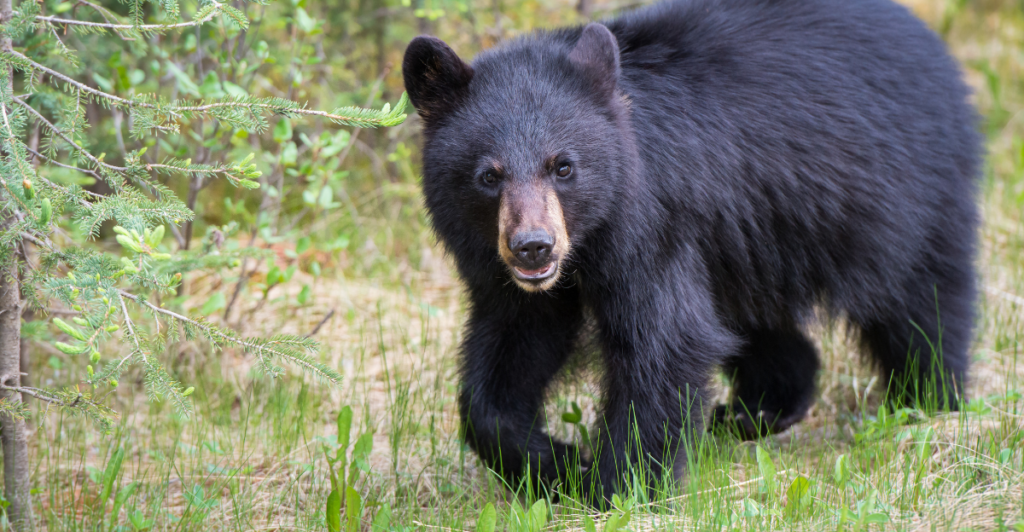
Thanks to its steady population growth, Georgia has one of the densest bear populations in the eastern United States, with an estimated 5,100 black bears. These bears are usually found in the North Georgia mountains, the Okefenokee Swamp in the southeast, and the central Georgia woodlands. As their numbers increase, bear sightings have become more common, even in suburban areas.
5. Virginia
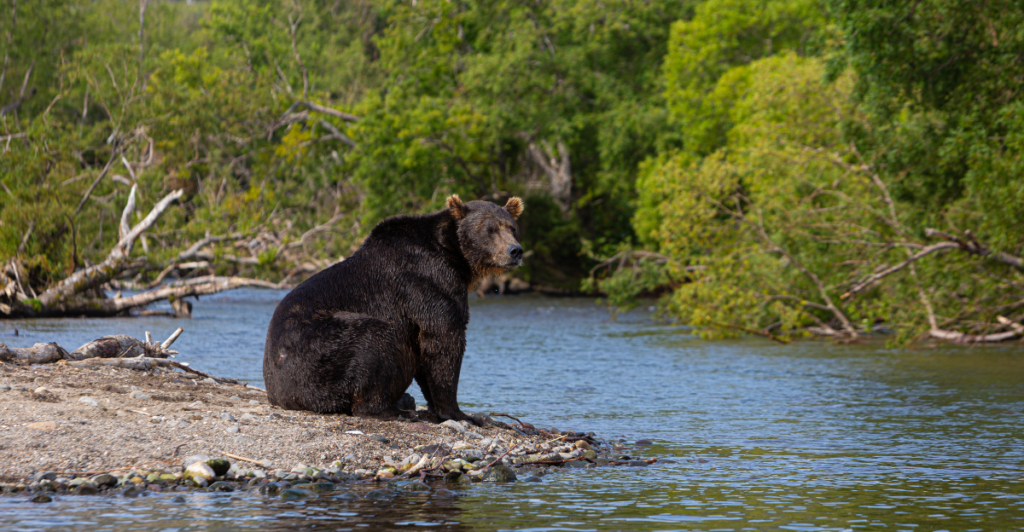
Virginia is home to one of the largest black bear populations in the eastern United States, with an estimated 19,000 bears roaming the state’s forests. These bears can be found in the Blue Ridge Mountains, Shenandoah National Park, and the Appalachian region. As their numbers continue to grow, sightings in suburban areas are becoming more common.
6. Pennsylvania
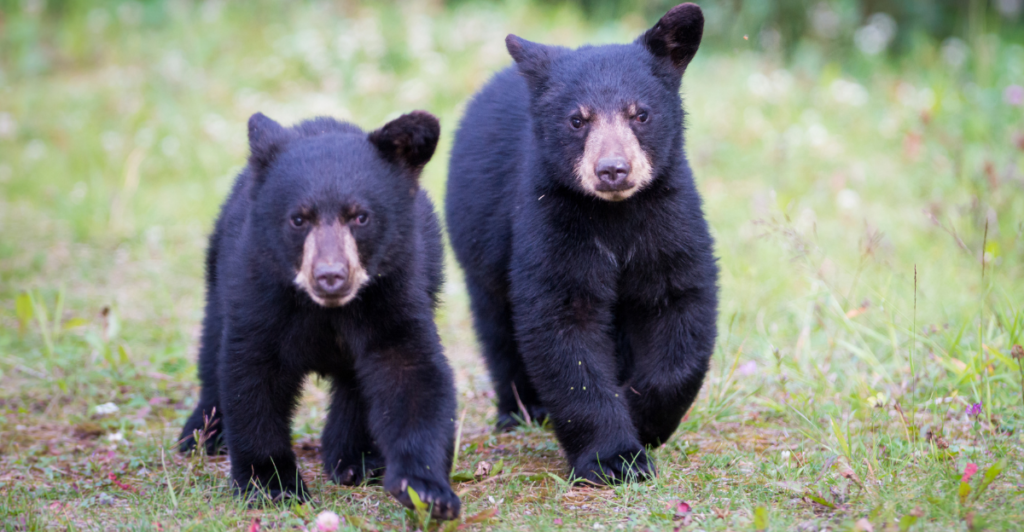
During the 1970s, there were fewer than 5,000 black bears in Pennsylvania, but over the years, their population has increased to approximately 18,000. Black bears are found throughout the state, with the majority living in the Allegheny National Forest, Pocono Mountains, and central Pennsylvania woodlands.
7. North Carolina
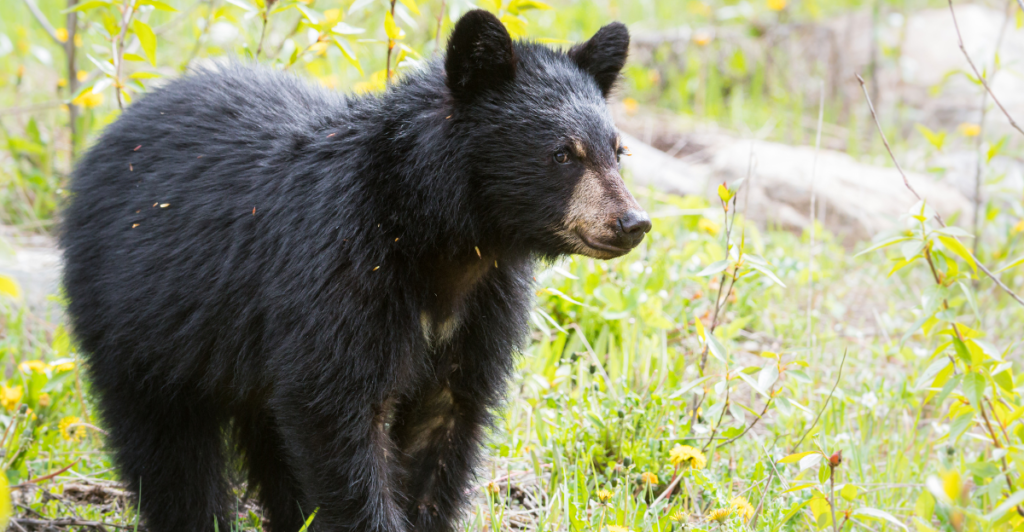
North Carolina’s black bear population has increased significantly in recent years. Once nearly extinct in the state, conservation efforts have helped the population grow from an estimated 3,000 bears in the early 2000s to over 8,000 today. They are mainly found in the Great Smoky Mountains National Park and Pisgah National Forest but are slowly expanding into suburban and agricultural areas.
8. Tennessee
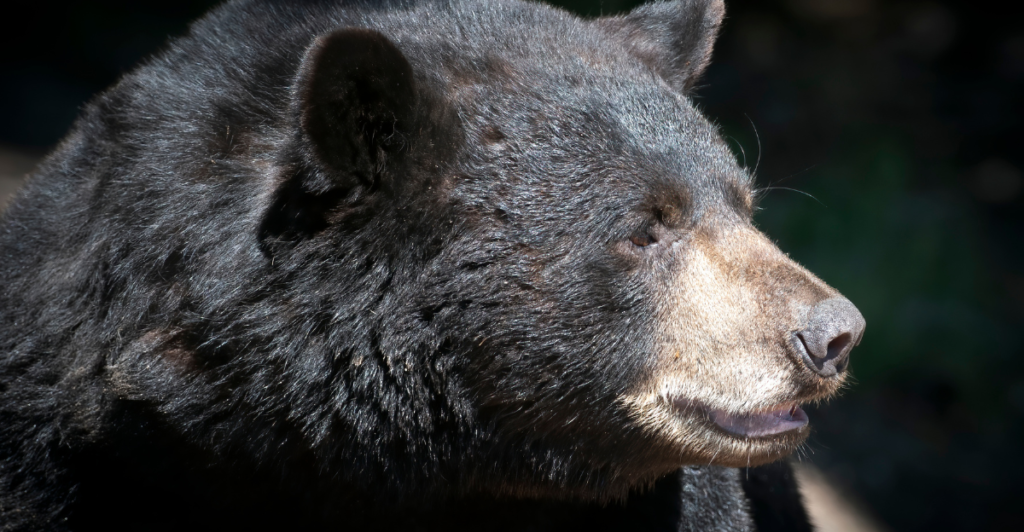
Tennessee’s black bear population has grown significantly, especially in the Great Smoky Mountains National Park. This park is home to one of the highest bear densities in the country, with approximately 1,500 bears and nearly two bears per square mile. The Appalachian Mountains and surrounding forests provide ideal habitats, allowing the population to expand into new areas.
9. Kentucky

During the 1900s, Kentucky’s black bear population was nearly eliminated. But thanks to natural migration from neighboring states and successful conservation efforts, the state’s population has increased to approximately 500 to 1,000 black bears. They are primarily found in the Daniel Boone National Forest and the Cumberland Plateau.
10. Michigan
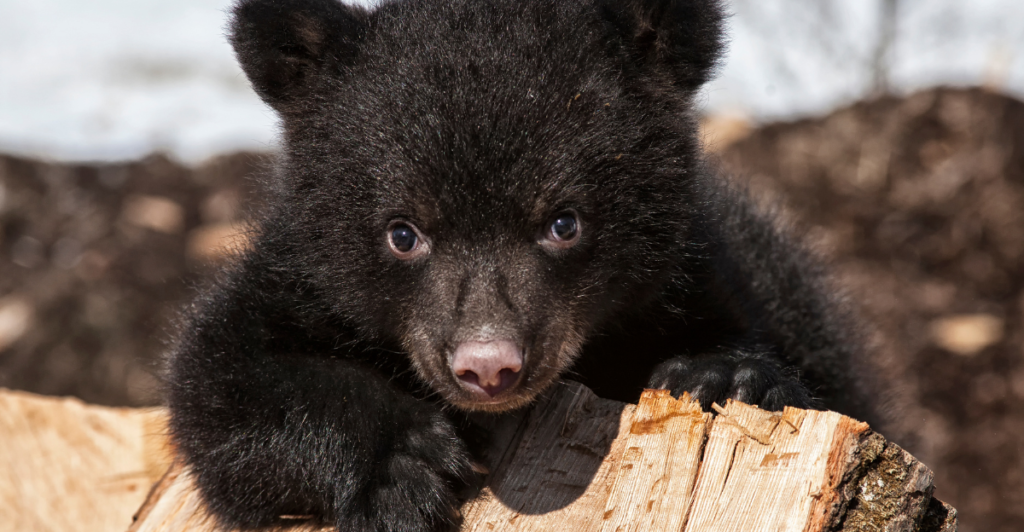
Michigan is home to one of the largest black bear populations in the country, with an estimated 12,000 black bears. Most reside in the Upper Peninsula, where dense forests provide ideal habitat, while a smaller population of around 2,000 bears can be found in the northern Lower Peninsula.
11. Wisconsin
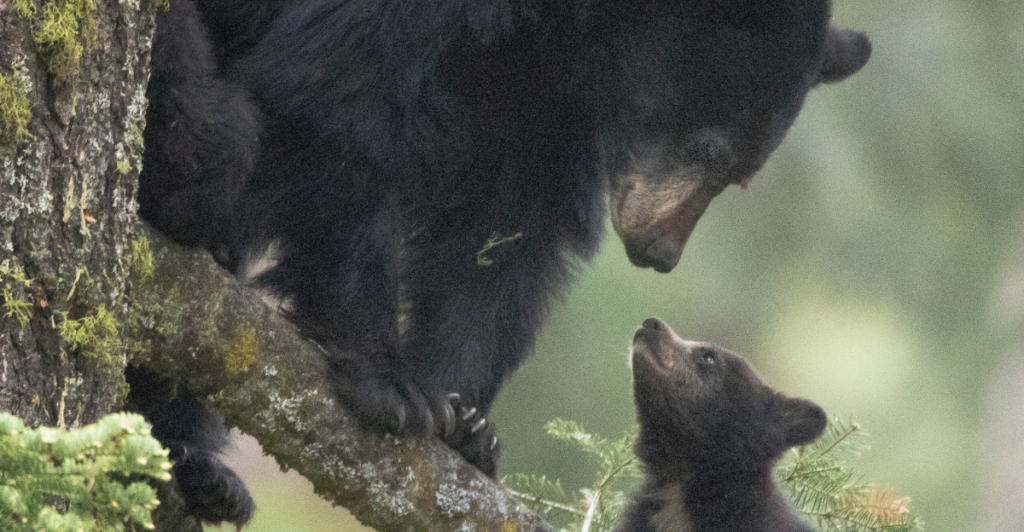
Over the years, Wisconsin’s black bear population has steadily grown, with an estimated 25,000 bears primarily concentrated in the state’s northern forests. However, as their numbers increase, bears have been expanding southward into central and even southern Wisconsin, leading to more frequent sightings in suburban and agricultural areas.
12. Mississippi
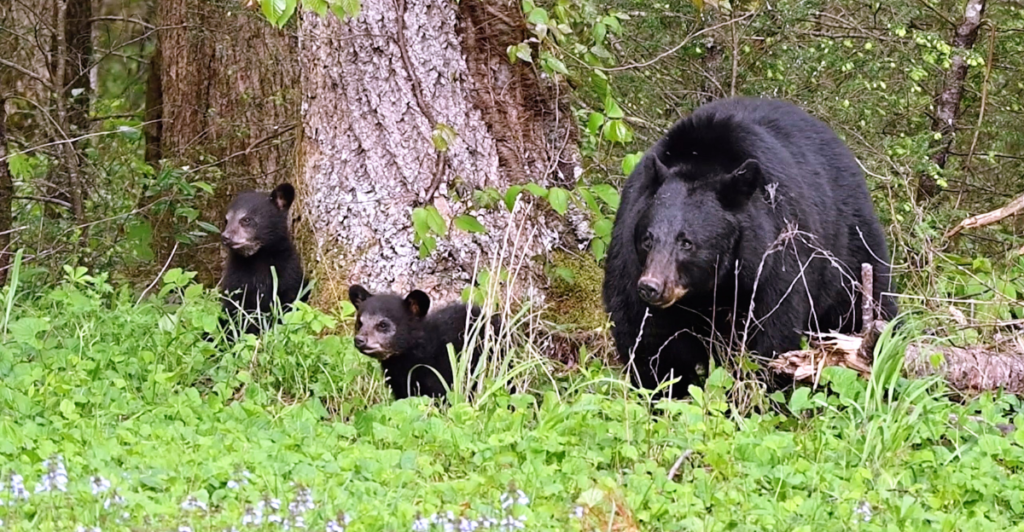
The number of black bears in Mississippi has gradually increased thanks to natural migration from nearby states and conservation measures. Due to habitat destruction and uncontrolled hunting, black bears in Mississippi were once on the verge of extinction. However, their numbers are now increasing, especially in the Mississippi Delta and the wooded areas around the Mississippi River.
Discover more of our trending stories and follow us to keep them appearing in your feed

Black Bear Population By State in 2024
9 Reasons Why Black Bears Are Thriving in America
Glacier Experts Uncover Critical Flaw in Sea-Level Rise Predictions
The Magnetic North Pole Just Shifted—Here’s What It Means
This article first appeared here







